amd
RISC-V Business: Testing StarFive's VisionFive 2 SBC
It's risky business fighting Intel, AMD, and Arm, and that's exactly what Star Five is trying to do with this:
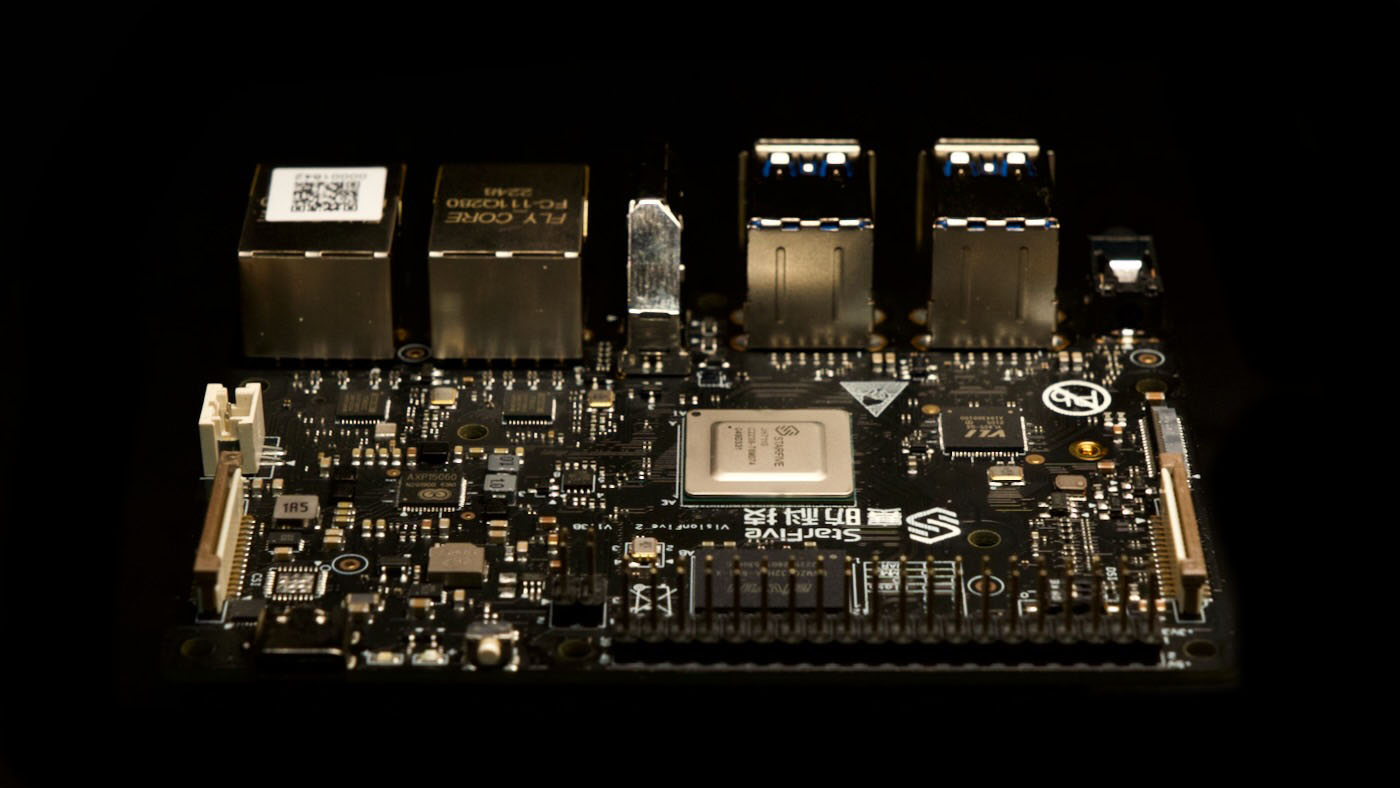
The chip on this new single board computer could be the start of a computing revolution—at least that's what some people think!
The VisionFive 2 has a JH7110 SoC on it, sporting a new Instruction Set Architecture (ISA) called RISC-V.
Trying every combination to flash my ASUS motherboard's BIOS
tl;dr: Use an old-fashioned USB 2.0 flash drive, format it FAT32, download the firmware, make sure it's named correctly, and use the motherboard's 'BIOS Flashback' option after powering off the computer.
This past week, I devoted far too much time to the task of updating my brand new motherboard's BIOS.
It started with a combo deal from Micro Center: a ASUS ROG Strix B650E-F Gaming WiFi motherboard, a Ryzen 9 7900x CPU, and a G.Skill Flare X5 Series 32GB DDR5-6000 memory kit, all for $599. Quite a beefy upgrade for the main PC I use to compile code and do random Linux-y tasks.
How many AMD RX 7900 XTX's are defective?
I'm working on a project—a very dumb project, mind you—and I was trying to acquire the two current-gen flagship GPUs: an Nvidia RTX 4090, and an AMD Radeon RX 7900 XTX.
In some weird stroke of luck (it has been difficult to find either in stock), I was able to get one of each this week.
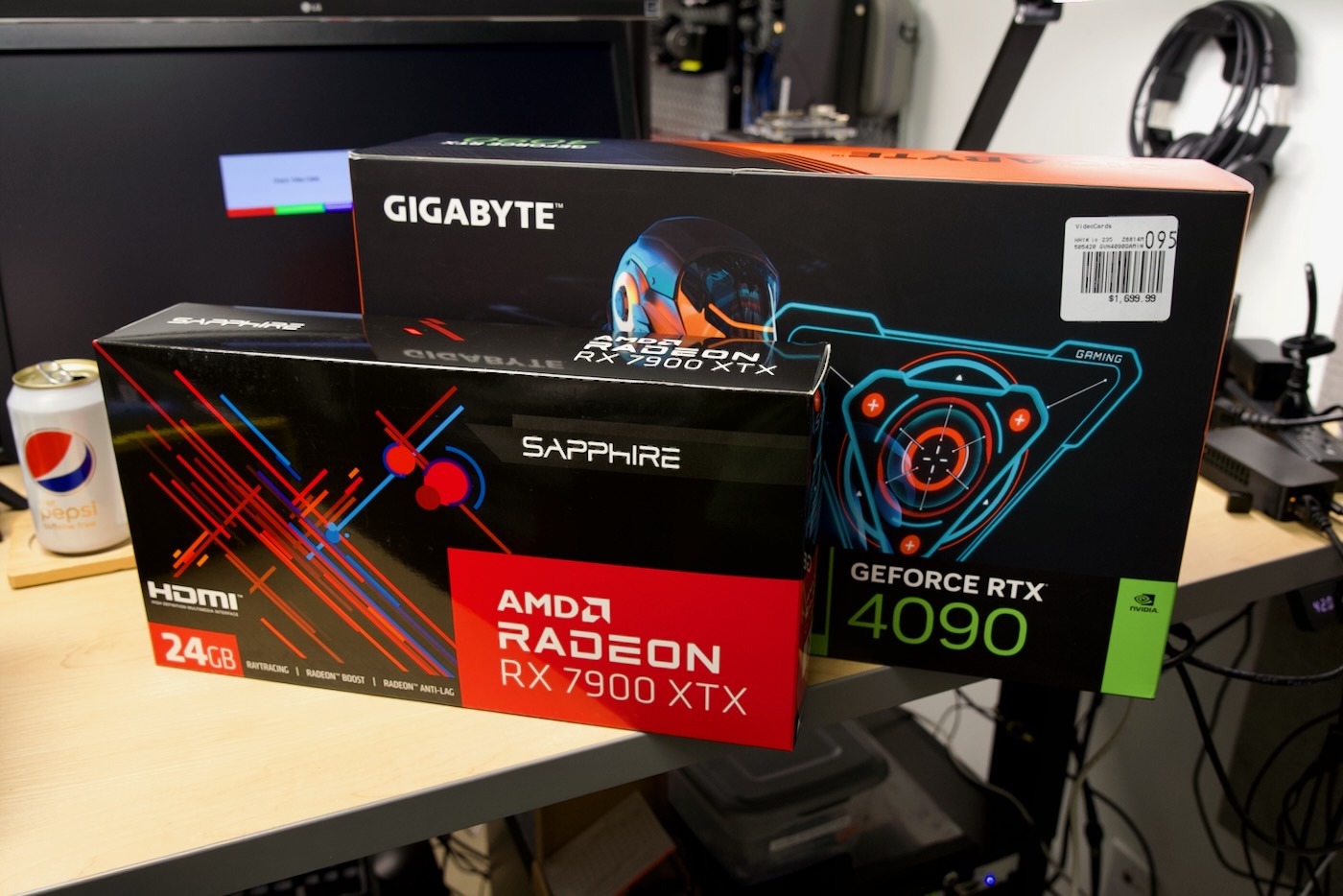
(lol at the size difference...)
Besides exorbitant price gouging, Nvidia's ownership of the crown in terms of GPU performance remains in this generation, as the 4090 blows past any competing card so far. But AMD's 7900 XTX was poised to be the best value in terms of price, performance, and efficiency (at least compared to any Nvidia offering).
External graphics cards work on the Raspberry Pi
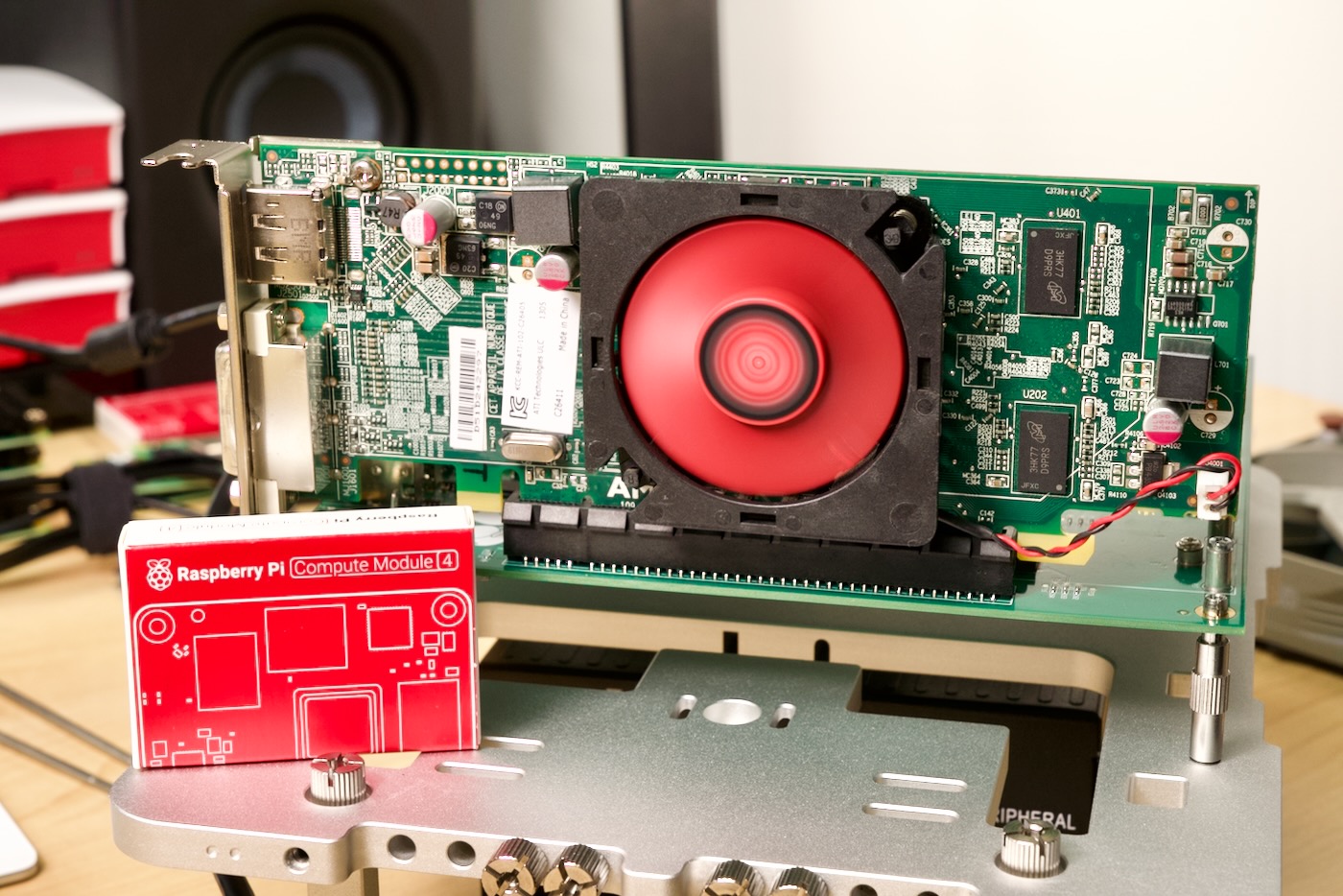
In October 2020, after Raspberry Pi introduced the Compute Module 4, I started out on a journey to get an external graphics card working on the Pi.
At the time, it'd been over a decade since the last time I'd built a PC, and I had a lot to learn about PCI Express, the state of graphics card drivers in Linux, and PCI Express support on various ARM SoCs.
How to run glmark2-drm to benchmark an external GPU on a Raspberry Pi
Recently I wanted to see whether I could get glmark2 (an OpenGL 2.0 and ES 2.0 benchmark tool) to run on a Raspberry Pi with an external graphics card (see this thread).
But glmark2 isn't available in any Pi repositories, so you have to build it from source:
sudo apt install -y meson libjpeg-dev libdrm-dev libgbm-dev libudev-dev
git clone https://github.com/glmark2/glmark2.git
cd glmark2
meson setup build -Dflavors=drm-gl,drm-glesv2
ninja -C build
sudo ninja -C build install
I built this for drm only, so it can run fullscreen without any X/Wayland environment. To run the full suite:
glmark2-drm
Or you can run a specific benchmark like glmark2-drm -b jellyfish.
Mac Studio is 4x more efficient than my new AMD PC
Last month, I built an all-AMD PC to try out Linux Gaming with Steam and Proton, and so I'd have a faster native Linux build machine for my various compilation tasks.
This month, Apple introduced the Mac Studio, and as a now full-time video producer, it was a no-brainer for me to upgrade from an M1 Mac mini.
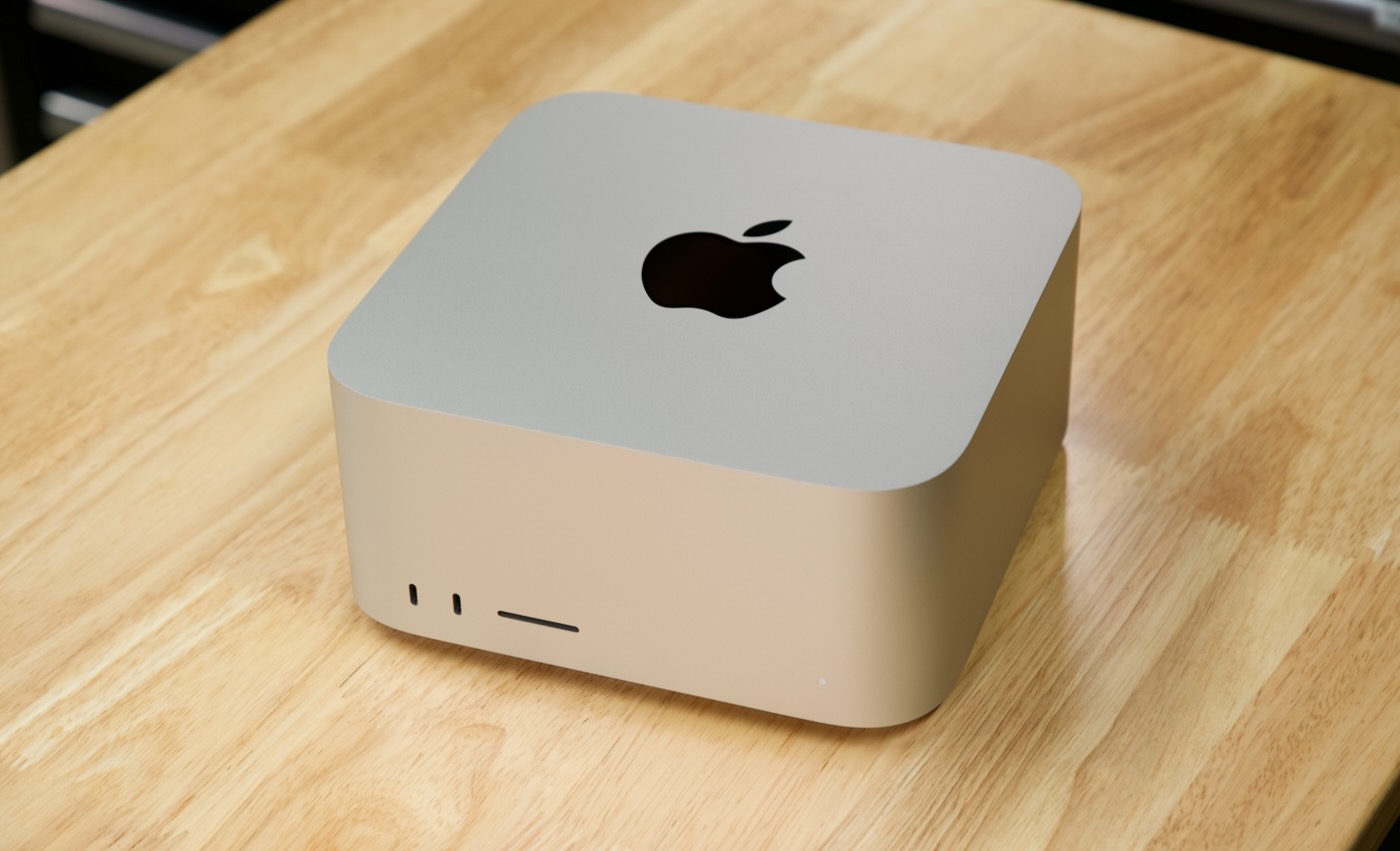
My Mac Studio arrived Friday, and over the weekend, I spent some time benchmarking it against not only my M1 mini, but also my new AMD Ryzen 5 5600x PC build.
My Mac Studio's specs:
Getting an RX 6700 XT to work for Gaming on Linux
Last year, due to some extreme luck and help from a viewer, I picked up an AMD RX 6700 XT for MSRP (around $500).
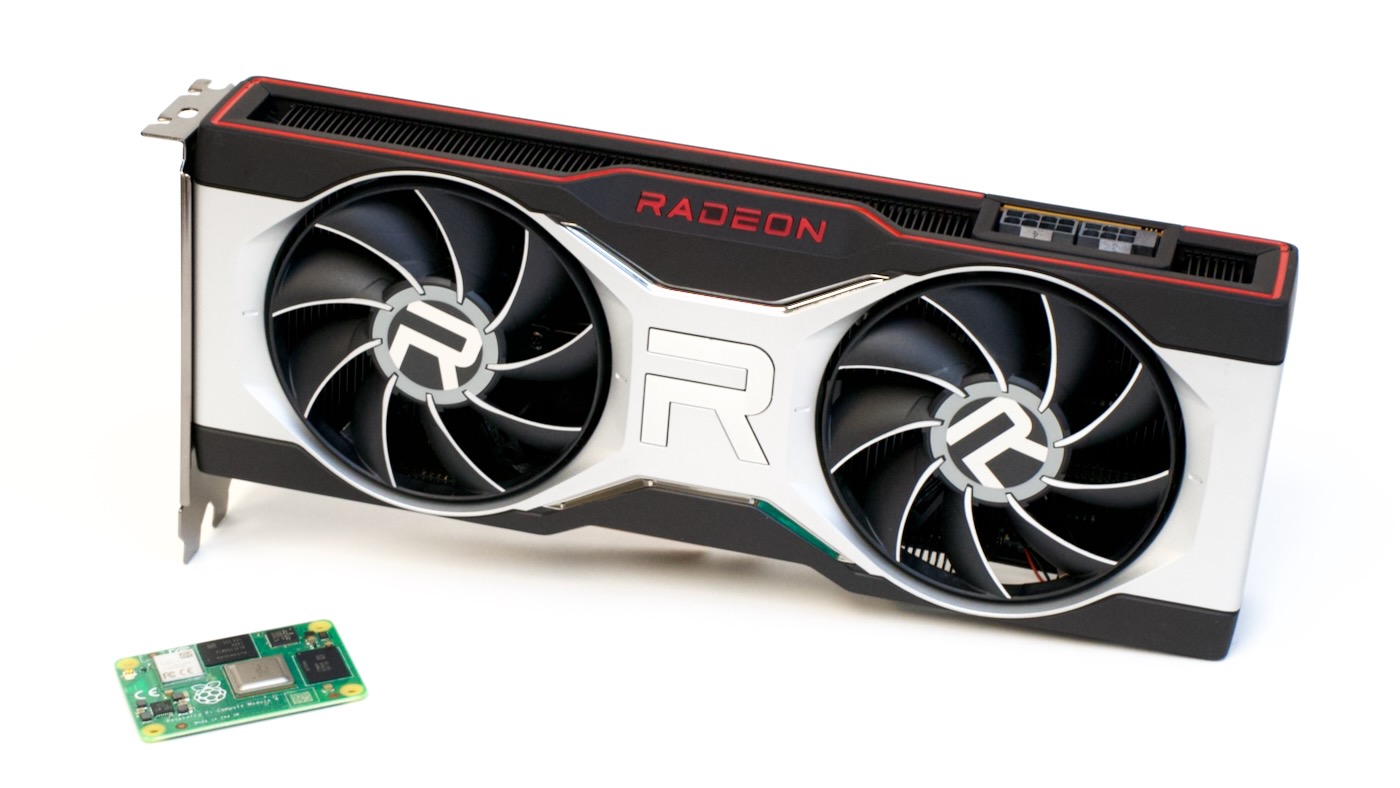
My initial goal was to see if I could get the card working on a Raspberry Pi. Though my initial effort was fruitless, I've since hacked the driver to work through at least a few 'rings' of AMD's doorbell init process.
Three more graphics cards on the Raspberry Pi CM4
Last year I tested two older graphics cards—a Radeon 5450 and a GeForce GT710—on a Raspberry Pi Compute Module 4.

This year, I've been testing three more graphics cards—a GeForce GTX 750 Ti, a Radeon RX 550, and the diminutive ASRock Rack M2_VGA.
The Compute Module 4, if you didn't know already, exposes the BCM2711's single PCI express lane, and the official IO Board has a nice, standard, 1x PCIe slot into which you can plug any PCI express device.
External GPUs and the Raspberry Pi Compute Module 4
The Raspberry Pi Compute Module 4 eschews a built-in USB 3.0 controller and exposes a 1x PCI Express lane.
The slightly older Raspberry Pi 4 model B could be hacked to get access to the PCIe lane (sacrificing the VL805 USB 3.0 controller chip in the process), but it was a bit of a delicate operation and only a few daring souls tried it.
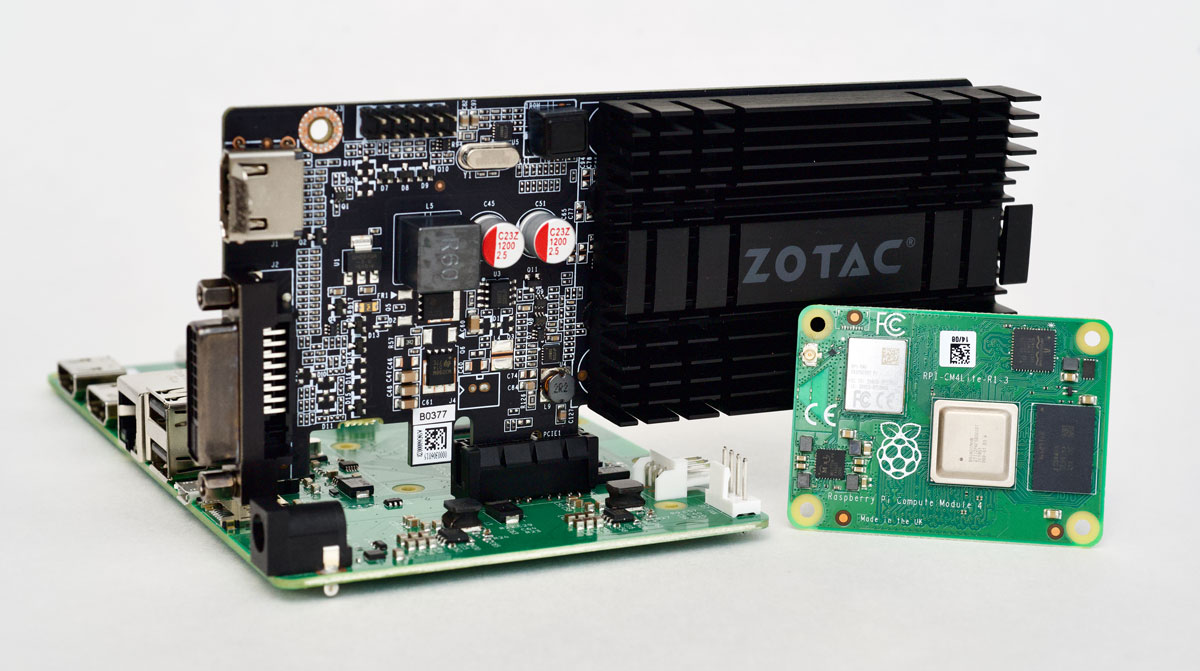
Watch this video for more detail about my experience using these GPUs on the CM4:
GPUs on a Raspberry Pi Compute Module 4!